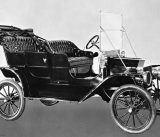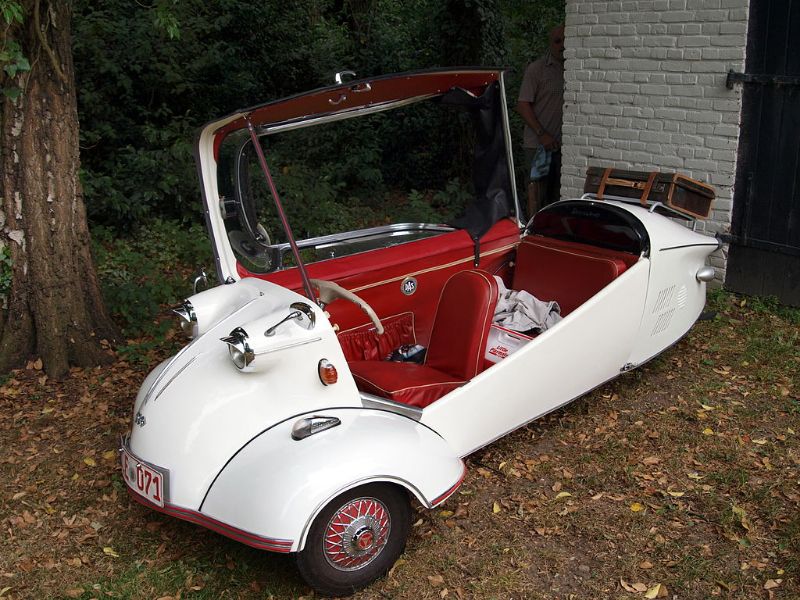
Among classic cars, the Messerschmitt KR200 is pretty interesting. This auto was in production from 1955 to 1964 and was one of the bubble cars of the day. Bubble cars met the demand for inexpensive, no-frills transport. However, they would look very out of place today. The very first bubble car was called the Kabinroller. Fritz Fend, a German aircraft engineer, created it. It came out of a Messerschmitt airplane factory during 1953. The KR200 arrived in 1955 with its one-piece Perspex canopy that was very similar to an airplane.
The First KR200
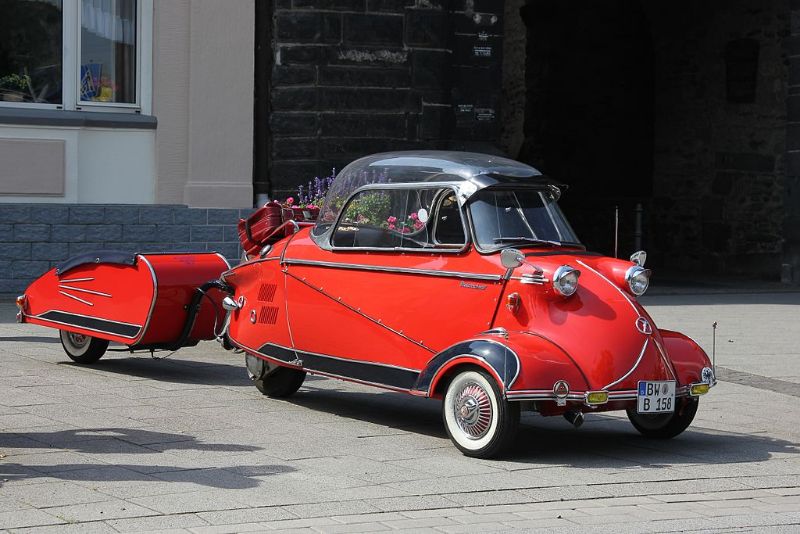
KR200
This first Messerschmitt KR200 also had an interior similar to the cockpit of a plane with passengers sitting in tandem. Steering came via handlebars like those of a motorcycle. The auto had a 191-cc single-cylinder engine that delivered 10bhp. But the minimal weight meant that the KR200 was actually fairly quick. This quickness was furthered by the aerodynamics and tubular spaceframe construction. The top speed was 62 miles per hour, which was quick enough for the average person. The KR200 was also highly efficient, consuming 3.2 L/100 km or 87 imperial mpg. This is particularly true since the brakes were cable-operated and the suspension was a swing-beam set-up. There was also a convertible variation available.
Explaining the Tandem Seating
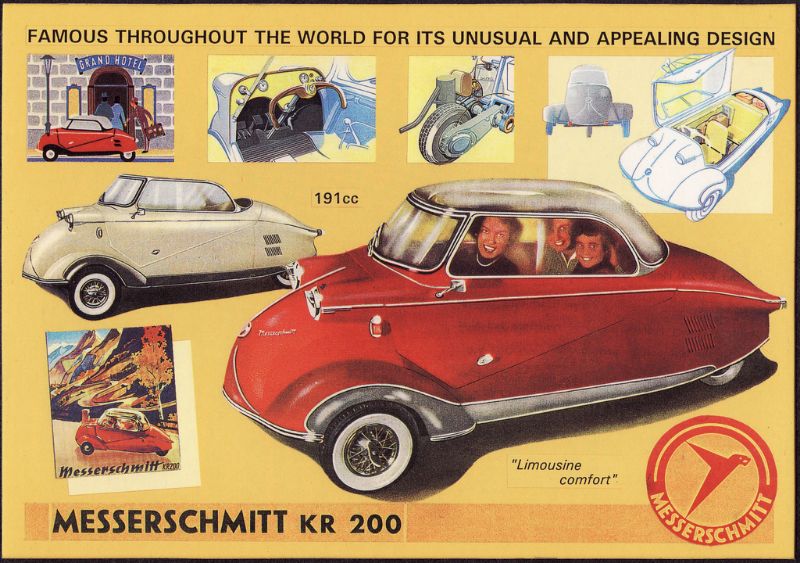
source: Flickr
Each of the unique features of the Messerschmitt KR200, such as the bubble canopy and tandem seating, were for very solid reasons. The tandem seating let the KR200 have a very narrow body that could taper in a similar manner to an aircraft fuselage. Tandem seating also served the benefit of centralizing the auto’s mass along its longitudinal axis. This improved handling, particularly when combined with the low weight, wheel placement, and low center of gravity. Additionally, going with tandem seating meant that the same version of the KR200 could be sold around the world, regardless of which side of the road people drove on there.
A Record
In 1955, Messerschmitt set out to prove the durability of the KR200. It did this by trying to break the 24-hour speed record within the category of three-wheeled vehicles that were under 22 cc. To meet the record, a special version of the KR200 got a single-seat low-drag body plus a highly modified engine. It did, however, keep the braking, steering, and suspension components. This auto achieved its goal, running for 24 hours at Hockenheimring on August 29 and 30, 1955. During that time, it broke a whopping 22 international speed records for its class. This included the 24-hour speed record, which became 64 mph thanks to the KR200.
Production Numbers
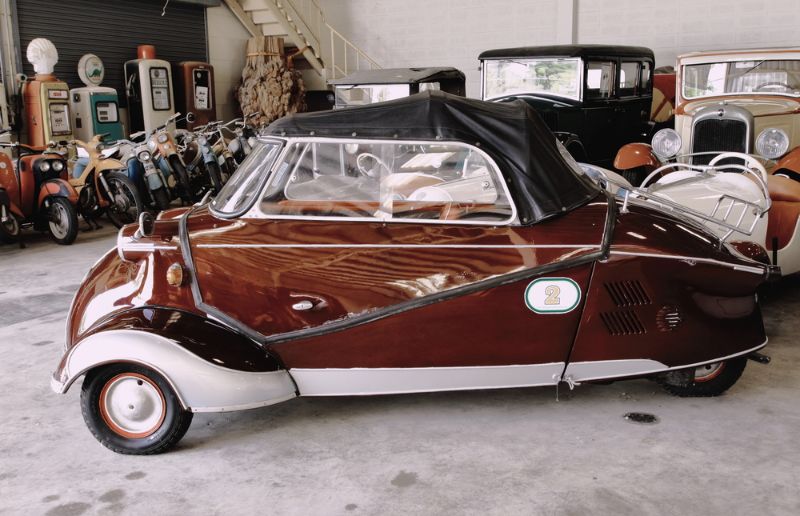
source: ShutterStock
During its production run, 41,190 Messerschmitt KR200s found their way onto the market. Because these models were so affordable, they sold very well. Due to the simple maintenance and construction, they were also relatively sturdy, making them easier to find today than you would expect for an auto that is at least over 50 years old. You can also opt for the auto that was a direct response to the KR200, the Mini.


